The application of USB type-c and USB PD can be said to have just begun. It seems that the security issue is a bit redundant now, because most people have not met it yet, and will not take this issue into consideration, but for the real industry insiders. In fact, this is by no means a meaningless topic.
Compared with the past USB applications, the USB type-c interface and the USB PD protocol are obviously much more complicated, more powerful, and have different implementation forms, which brings compatibility problems between different products. . In 2015, relevant organizations and enterprises conducted a so-called “plug-in meeting†in the United States. At the meeting, the products brought by each family were put together for mutual insertion and testing to test their compatibility. The result was only when they left. The six samples of the three companies are still alive, and other samples have died during the insertion and removal process. This has reminded many participants that safety should be placed first in participating in such applications. Otherwise, Even if your product function is good, it will die soon in use, and will eventually withdraw from the market, and may even make you lose money.
The application of USB PD brings a big change to the application using USB type-c interface, that is, the power supply voltage on the interface can be up to 20V, the current can be up to 5A, and the maximum power can be transmitted to the power receiving end. , greatly expanded the application range of the USB interface. However, the distance between the VBUS and CC terminals on the USB type-c interface is too close, they are actually close together, as shown in the following figure:

This is the pin assignment of the USB Type-C socket, where VBUS is the carrier with a maximum voltage of 20V (now extended to 21V). CC1 and CC2 are both alternative ends of CC. Whether they are selected or not is determined by the direction in which the plug is inserted. The selected person is used as a CC to become a channel for communication between the device and the cable and another device. The maximum voltage of the signal is 5V. The remaining terminal becomes the VCONN terminal, which supplies power to the internal circuitry of the cable.
Since the maximum voltage on the CC is 5V, many interface devices will be fabricated with a slightly higher design and process than the 5V operating voltage. Once VBUS and it are shorted, high voltage will enter the terminal, causing irreparable damage to the internal circuit. , causing equipment failure. The following picture is a visual description of the problem:
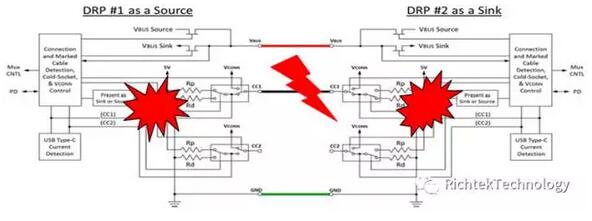
A standard USB Type-C interface controller is very simple. The basic thing to do is to use the pull-up resistor to identify the device where the port is located as the power supply terminal, and the pull-down resistor to identify the device where the port is located as the power receiving end. Providing VCONN power supply for the cable, identifying the current supply/passing capability, determining the cable connection relationship, and opening the VBUS channel after completing the access identification. Since the VBUS voltage is not involved, the voltage on the VBUS is at most 5V, so the low voltage process is used. It is ok, the model after the circuit is connected is roughly as follows:
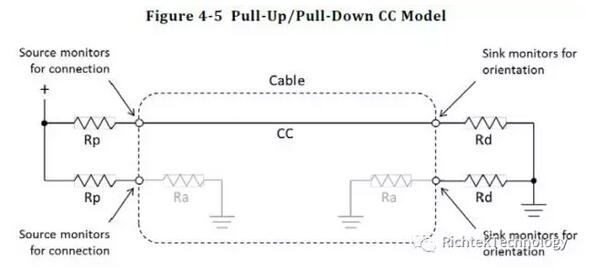
The following is a schematic diagram of their specific implementation:
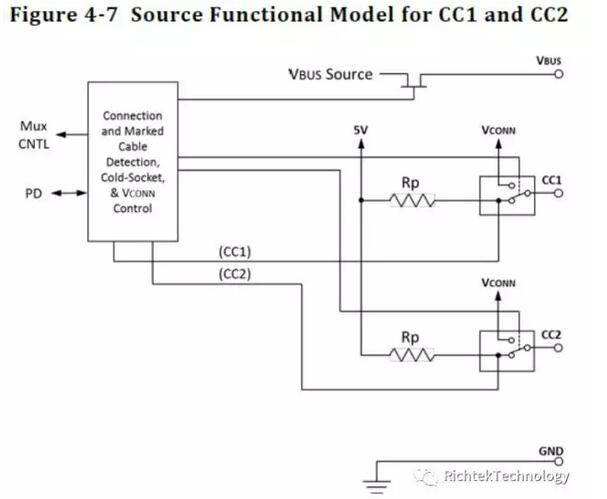
This is the power supply,
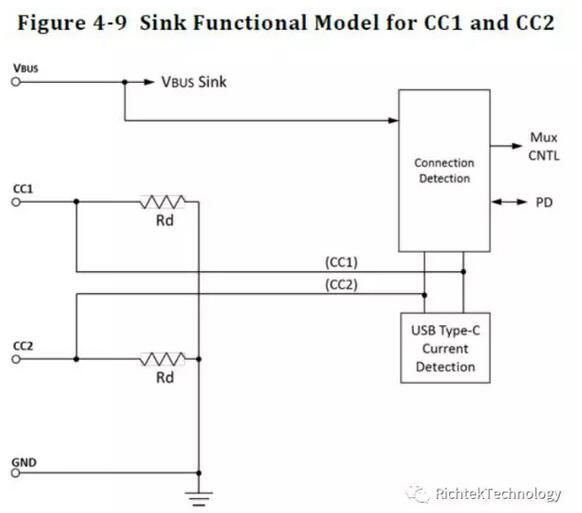
This is the receiving end. If a device can be used as both a power supply and a power receiver, the circuit model is like this:
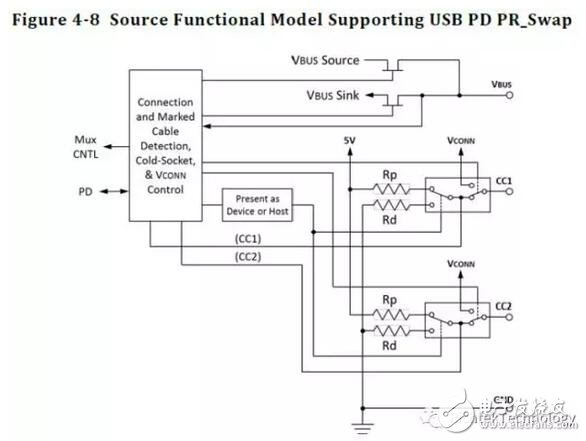
This kind of equipment can play two roles. Which one is used in practice requires negotiation between two parties or manual selection. This requires communication. Communication is done via CC channel, and the information transmitted on it is encoded by BMC biphase. The way the two parties communicate is the protocol defined by the USB PD specification.
Perfect fit: The Hydrogel Screen Protector is designed with a Soft TPU material, which can be completely covered even on a curved device, providing perfect protection for the full coverage of the screen.
Oleophobic and waterproof: The use of hydrophobic and oleophobic screen coatings can prevent sweat, grease residue and fingerprints without reducing screen sensitivity. It is almost invisible on the screen and brings a high-definition visual experience.
Sensitive touch: ultra-thin and Soft Hydrogel Film with a thickness of only 0.14mm. As time goes by, it will self-repair minor scratches, provide you with a highly responsive screen protector and maintain the original touch.
Easy to install: The installation of the Protective Film is very simple, without air bubbles. The protective sticker can stay on the phone perfectly, and the bubbles will disappear within 24 hours.
If you want to know more about Hydrogel Screen Protector products, please click the product details to view the parameters, models, pictures, prices and other information about Hydrogel Screen Protective Film.
Whether you are a group or an individual, we will try our best to provide you with accurate and comprehensive information about the Hydrogel Protective Film!
Hydrogel TPU Protective Film,Ultra-Thin Protective Film,Soft Hydrogel Film,Hydrogel Film Screen Protector,Screen Protective Film,Mobile Phone Screen Guards
Shenzhen Jianjiantong Technology Co., Ltd. , https://www.jjtscreenprotector.com